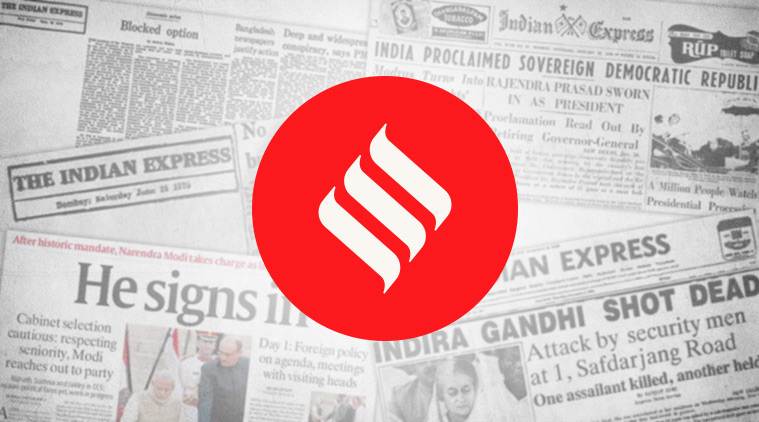
It’s early days yet, but the prospects of a failed monsoon loom large in the first year of the Narendra Modi government’s second term, as in 2014 and 2015. The first half of this month has seen the country receive 43 per cent below-normal rainfall, on top of a 25 per cent deficiency in the pre-monsoon season (March-May). Moreover, Gujarat, Maharashtra, northern Karnataka, coastal Andhra Pradesh and large areas in the Northeast have been experiencing an extended dry spell since the last post-monsoon period (October-December). If current conditions persist — the US Climate Prediction Center has forecast an 81 per cent chance of El Nino, the abnormal warming of the equatorial eastern Pacific Ocean waters known to adversely impact rainfall in India, continuing till July and 66 per cent up to August — kharif crop production will take a hit. The agriculture ministry’s data already shows a 9 per cent fall in plantings so far this kharif season compared with last year’s corresponding acreage, with even sharper declines for pulses (51 per cent) and coarse cereals (26 per cent).
There is a difference, though, in the situation now relative to five years ago. In May 2014, retail food inflation was at 8.89 per cent year-on-year. In May 2019, it was only 1.83 per cent, while ruling below general consumer price inflation for an unprecedented 33 months in a row. Also, this time, government agencies are holding huge stocks of not just wheat and rice, but also pulses. While most pulses, barring arhar, are still trading below their minimum support price levels, even the little inflation now building up in many vegetables, milk or poultry products should not ring alarm bells. If anything, they represent a healthy price correction after a prolonged bearish phase in agricultural commodity markets, triggered both by global factors (collapse of exports) and domestic policies (inflation targeting and demonetisation).
Given the delayed onset of monsoon and likely rainfall deficit, farmers should be advised to sow short-duration pulses (moong and urad), soyabean, groundnut, sesame, guar and fodder crops, apart from maize and cotton that need less water than paddy or sugarcane. More important, however, is to think beyond the immediate. That would mean freeing up agricultural markets by totally abolishing stocking, movement and export restrictions on produce; giving farmers the freedom to sell their crop to anybody and anywhere; and replacing all input and output subsidies with per-acre direct benefit transfers. The farm sector must no longer be viewed as a source of wage-goods for meeting industrialisation or inflation-targeting goals, but a potent instrument for raising rural incomes and reducing poverty.